Rational Scientific Art
Performance at the Academy of Fine Arts, Munich, 4 February 1987
Rational Scientific Art was a manifesto. In a lecture on the physicist Roland Zoschka and his theory of gravity, Nana Petzet programmatically declared natural science to be art. A huge projection of Zoschka’s portrait dominated the lecture hall. His theory – gravitational attraction explained as the interaction of the smallest particles, the quarks – was illustrated by means of 14 canvases showing enlarged notes by Zoschka, covered with physical formulas. What was, however, less obvious for the art-oriented audience: this famous physicist was a fictive personage and his theory the semi-scientific youth fantasy of a chemistry student. Well-placed, “fake” specialist queries coming from the audience caused further irritation. By delivering this type of mathematic formalism related to quantum mechanics that were clearly aimed at overburdening the audience, Nana Petzet only seemingly defined the union of art and natural science as an attainable objective. Instead, she exemplarily demonstrated the power of scientific wording in suggesting objectivity and truth.
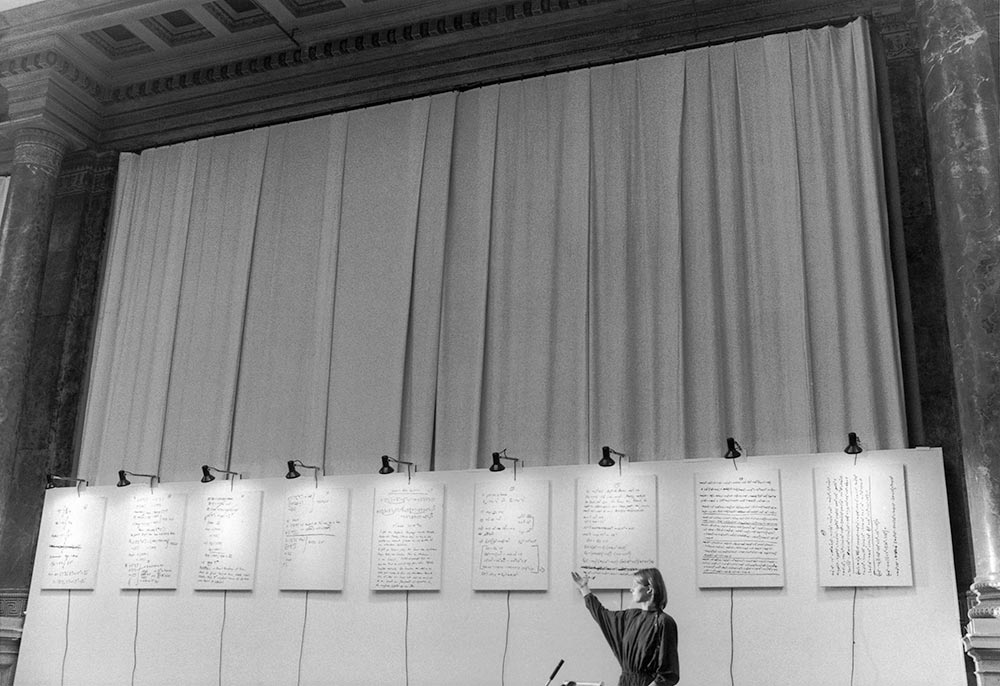 1 Nana Petzet gives a lecture on gravitation theory, interposed questions from the audience, slide projection; 14 paintings: dispersion on nettle, 90 x 65 cm; 14 lamps, Academy of Fine Arts, Munich, 4 February 1987.
1 Nana Petzet gives a lecture on gravitation theory, interposed questions from the audience, slide projection; 14 paintings: dispersion on nettle, 90 x 65 cm; 14 lamps, Academy of Fine Arts, Munich, 4 February 1987.
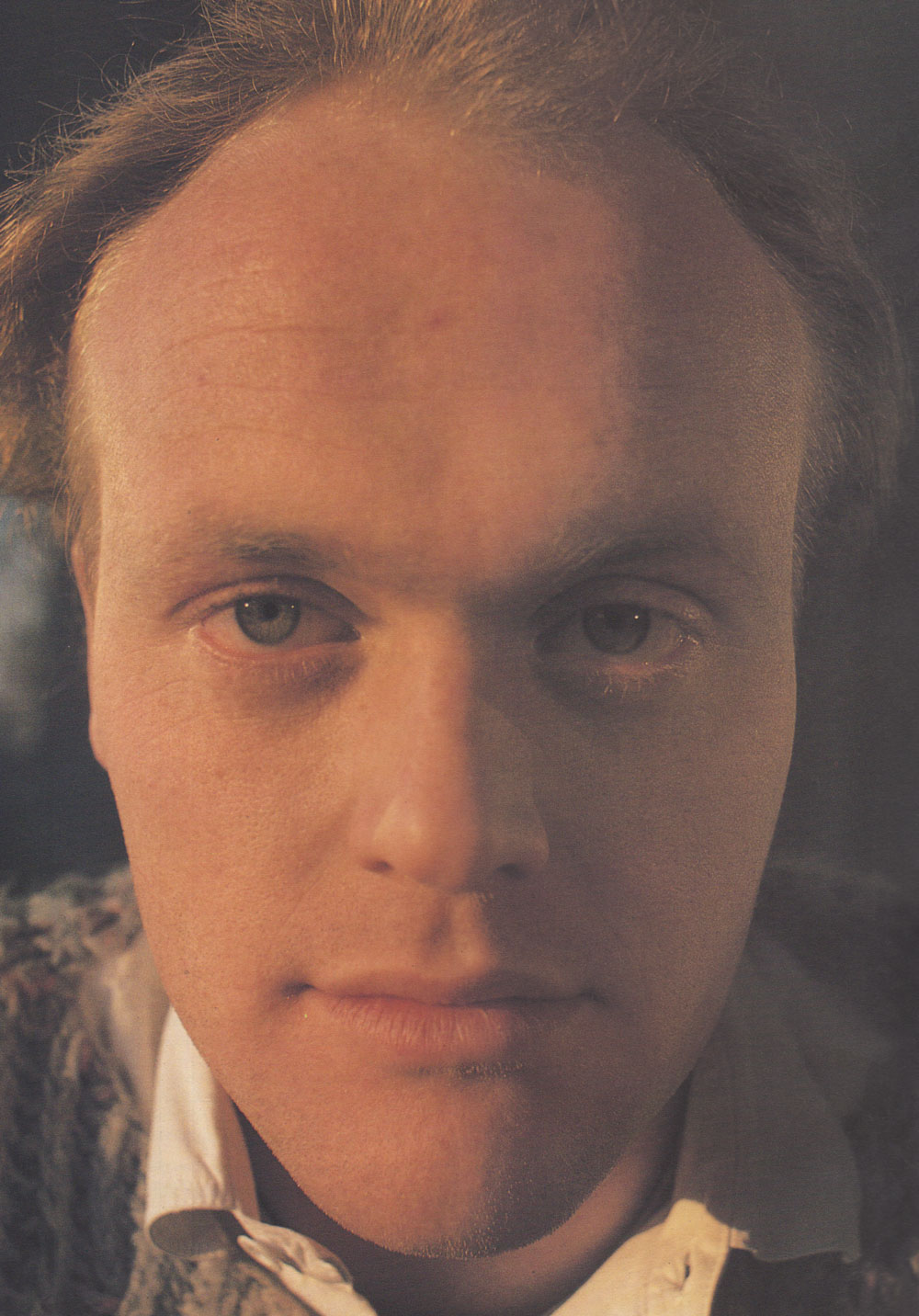 2 Christoph Naumann as Prof. Dr. Roland Zoschka, projection throughout the lecture
2 Christoph Naumann as Prof. Dr. Roland Zoschka, projection throughout the lecture
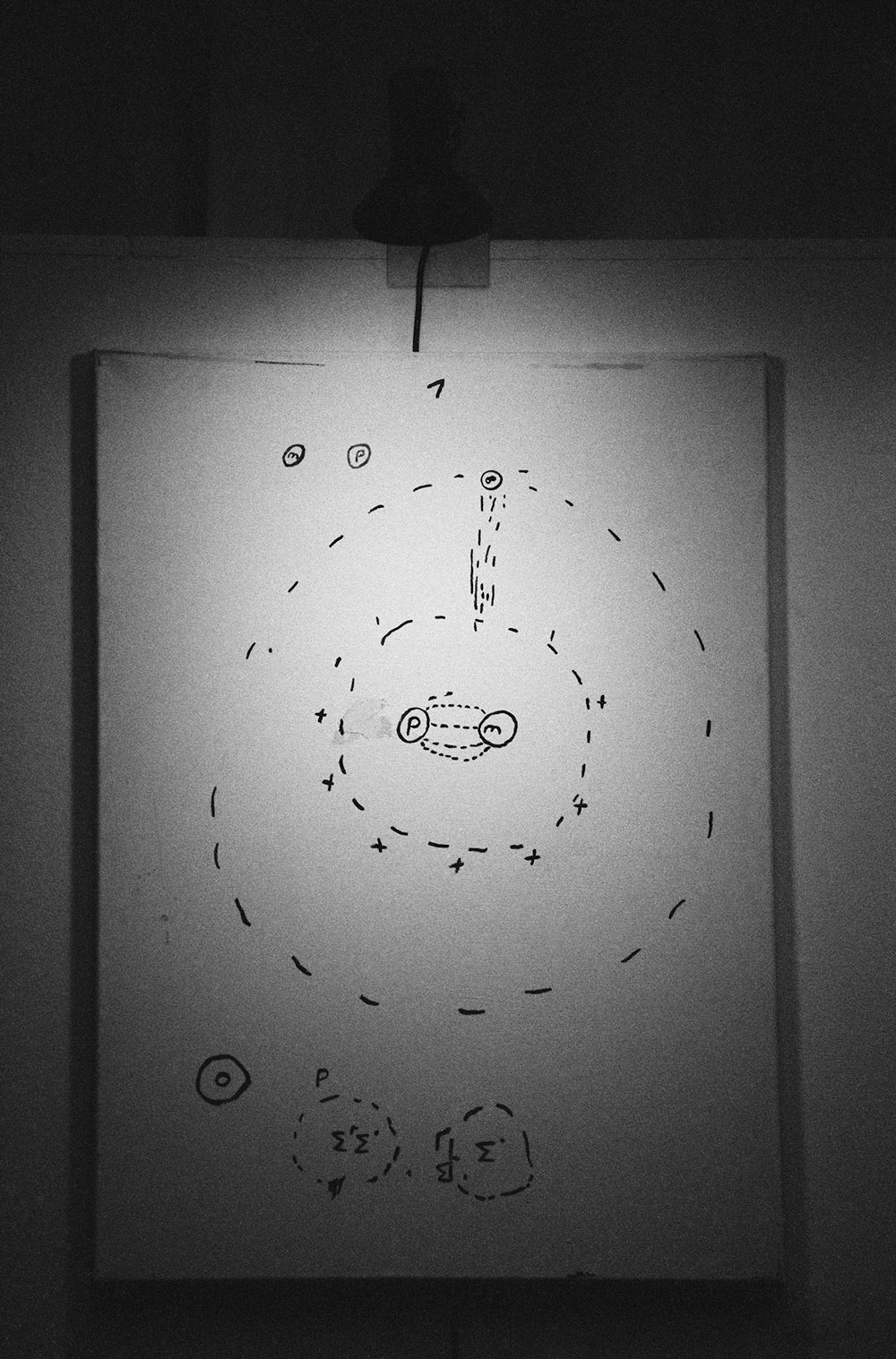 3
3
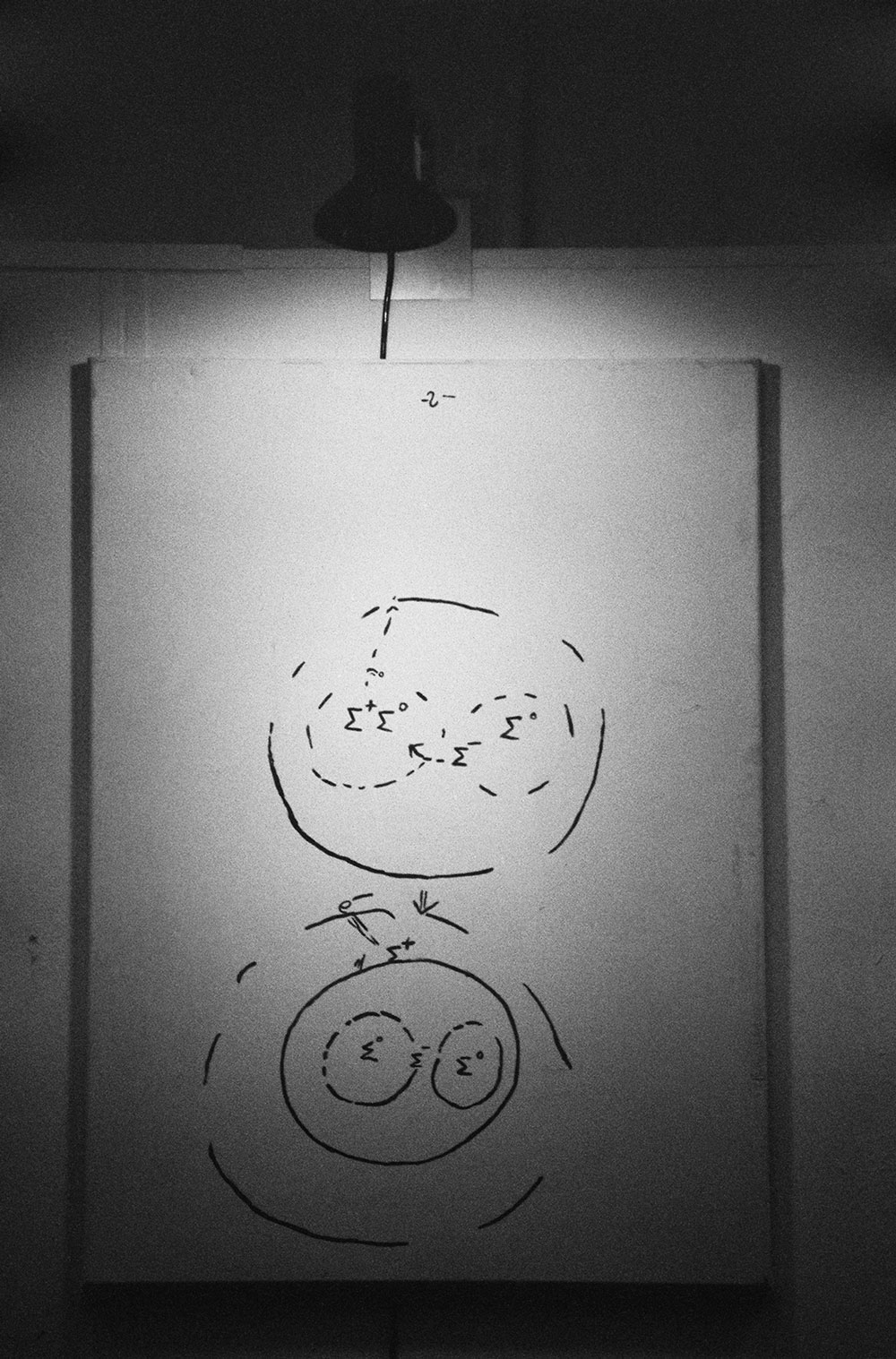 4
4
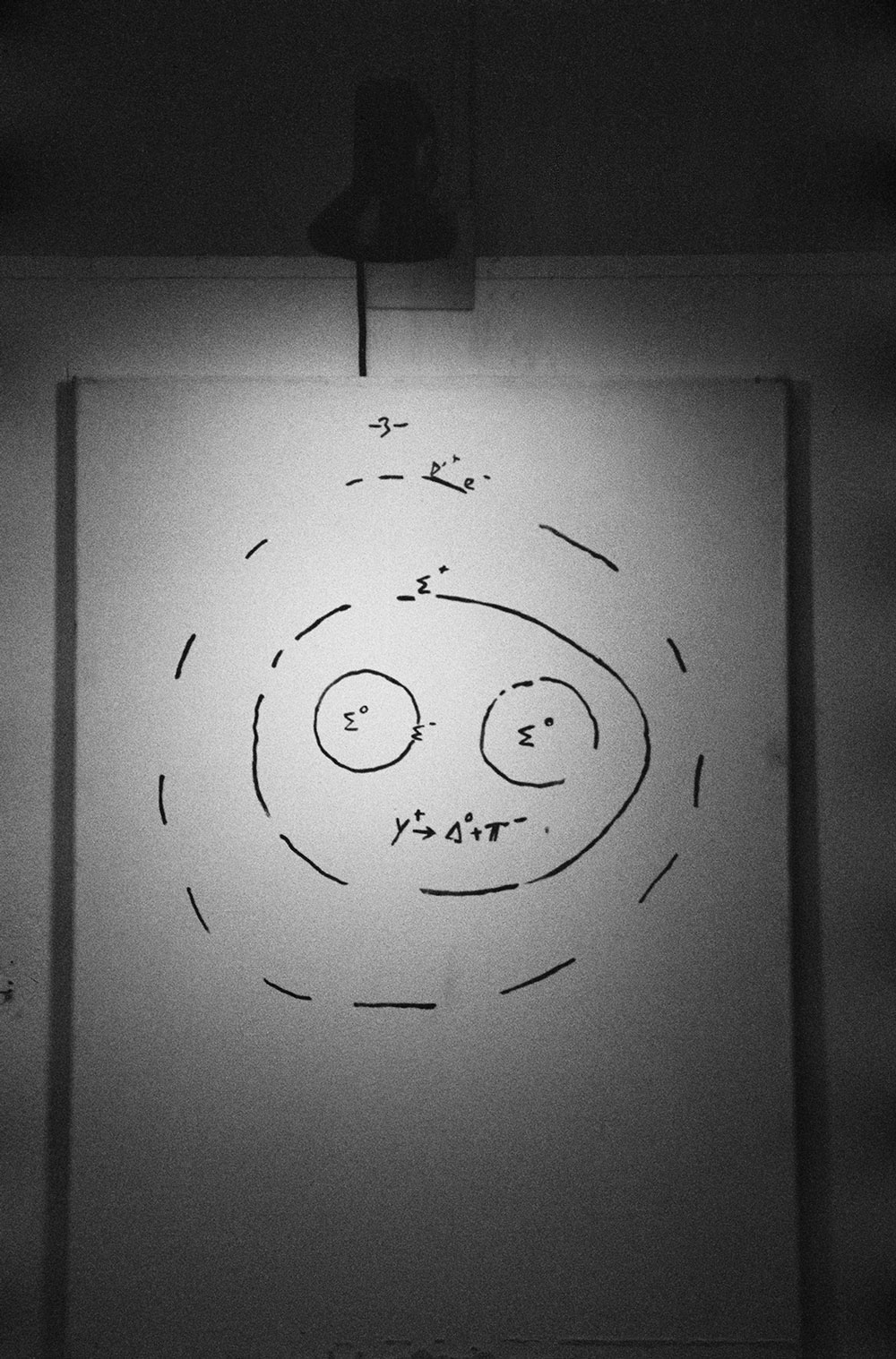 5
5
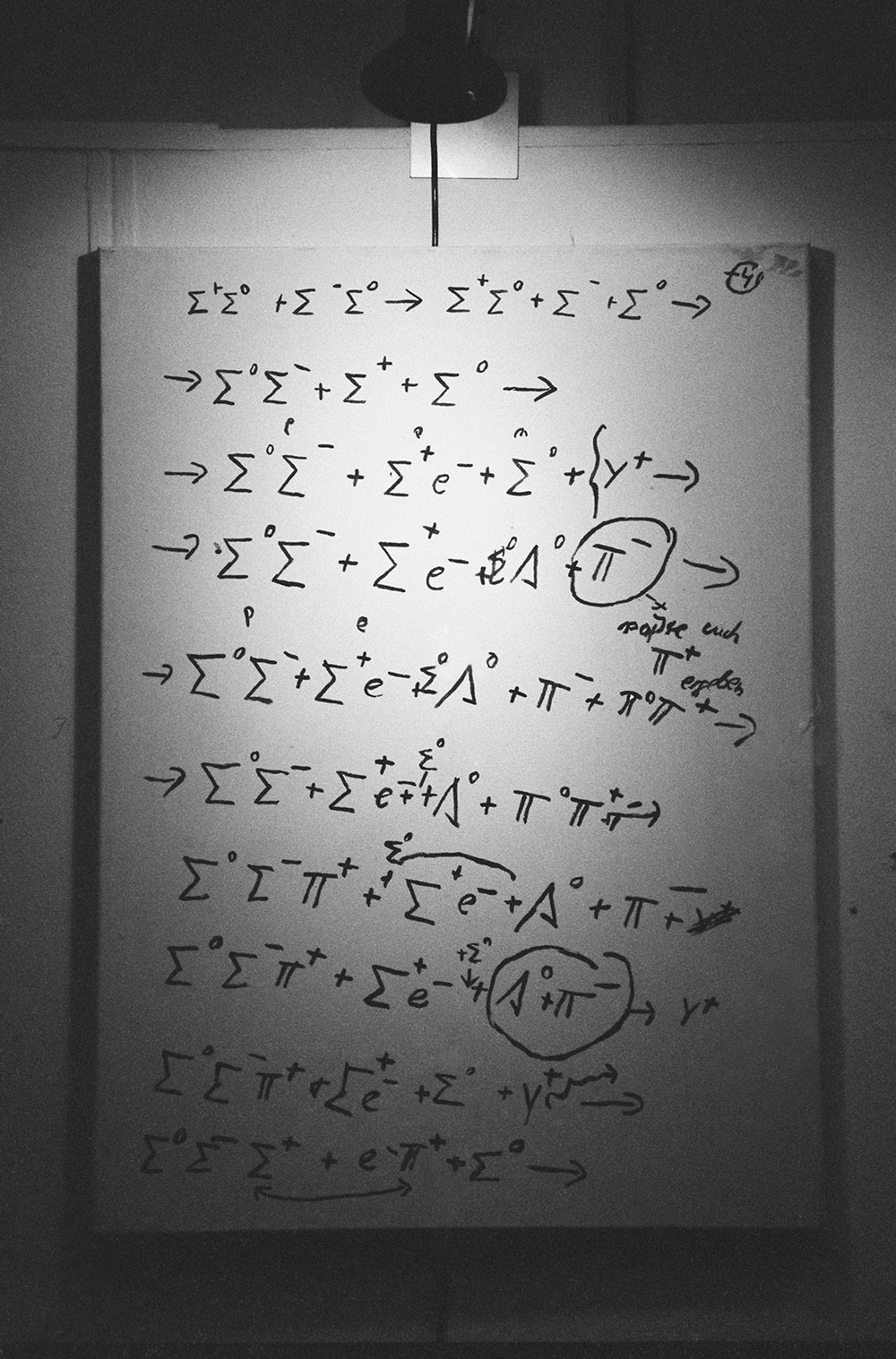 6
6
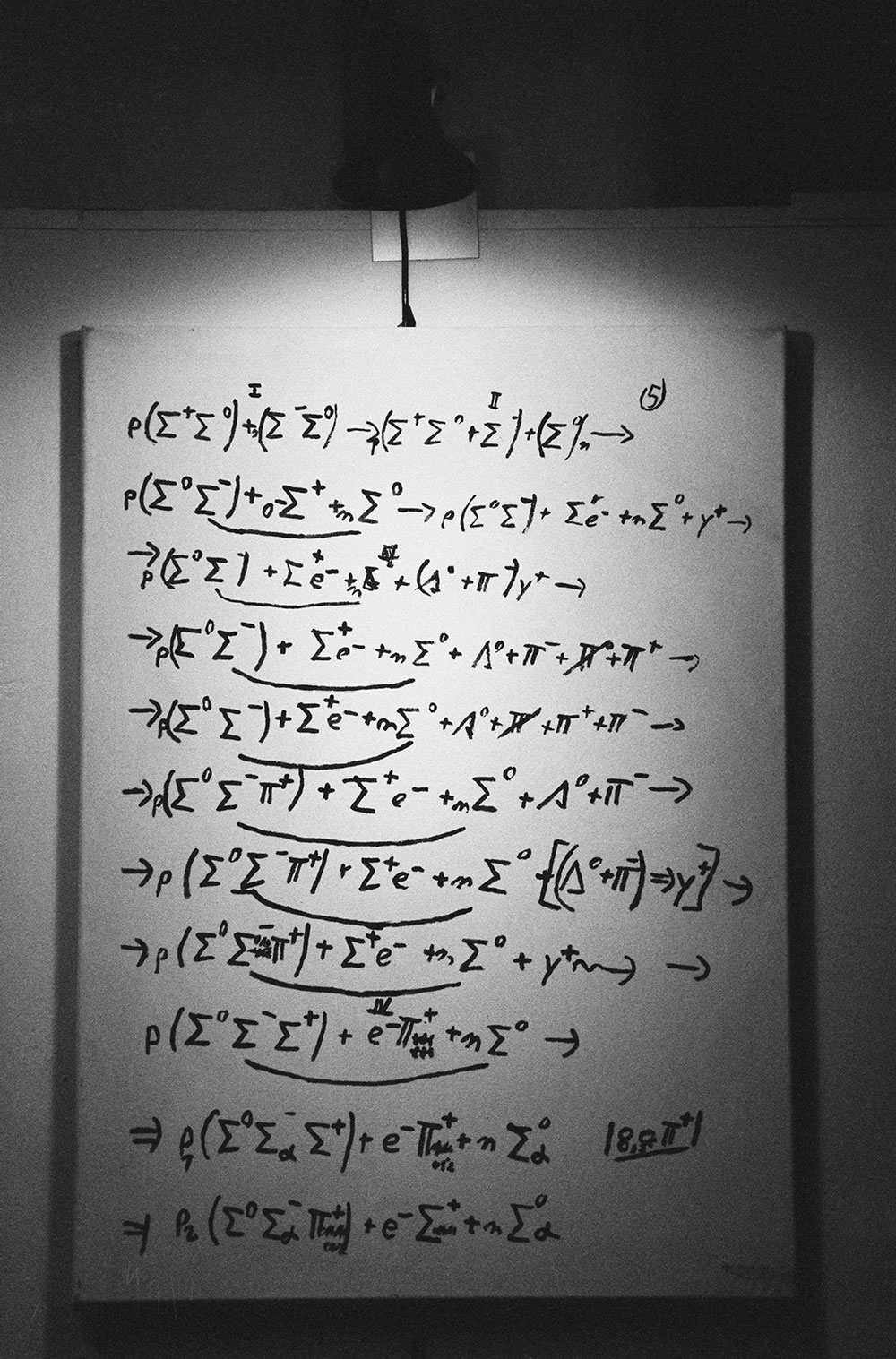 7
7
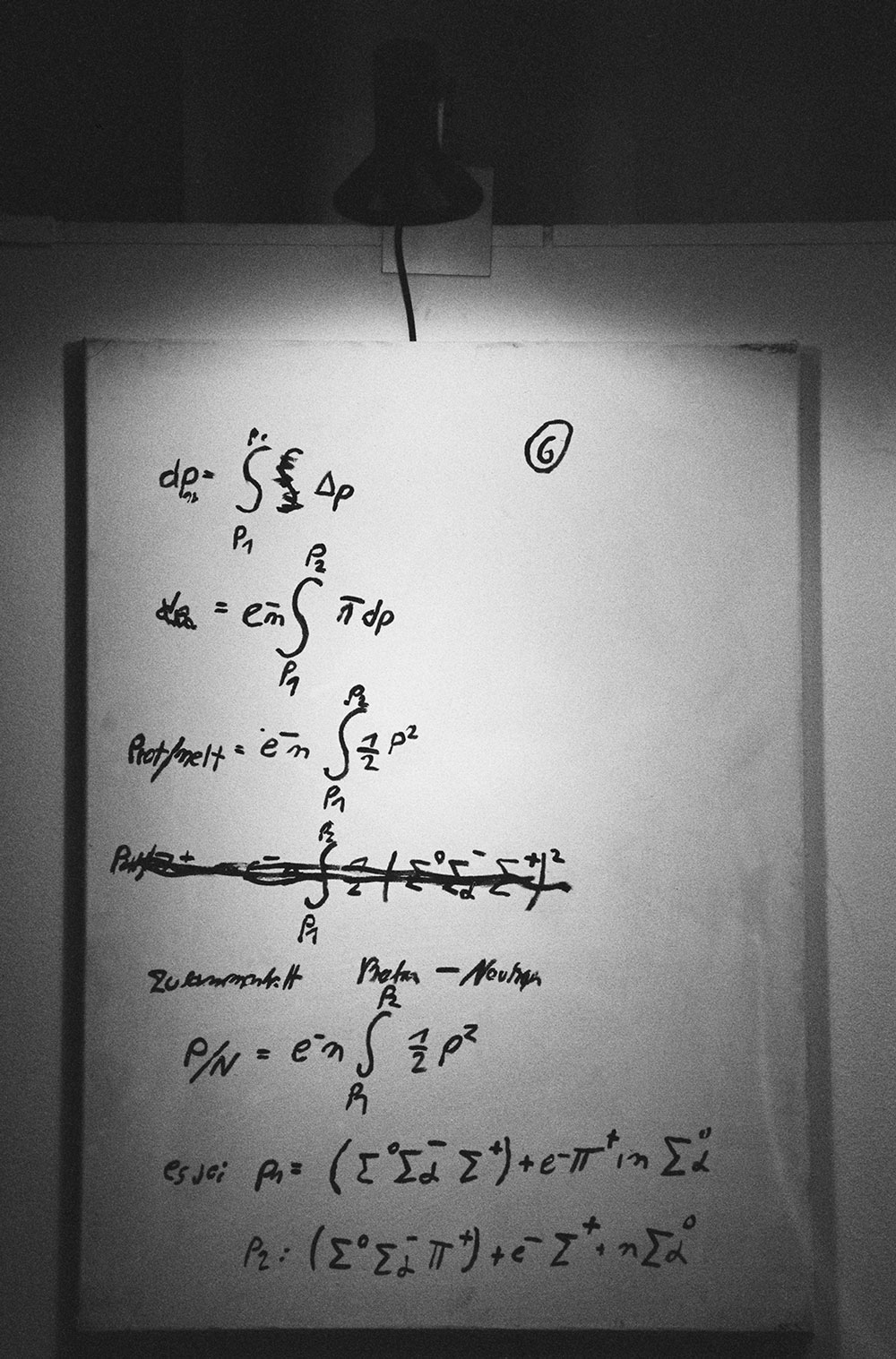 8
8
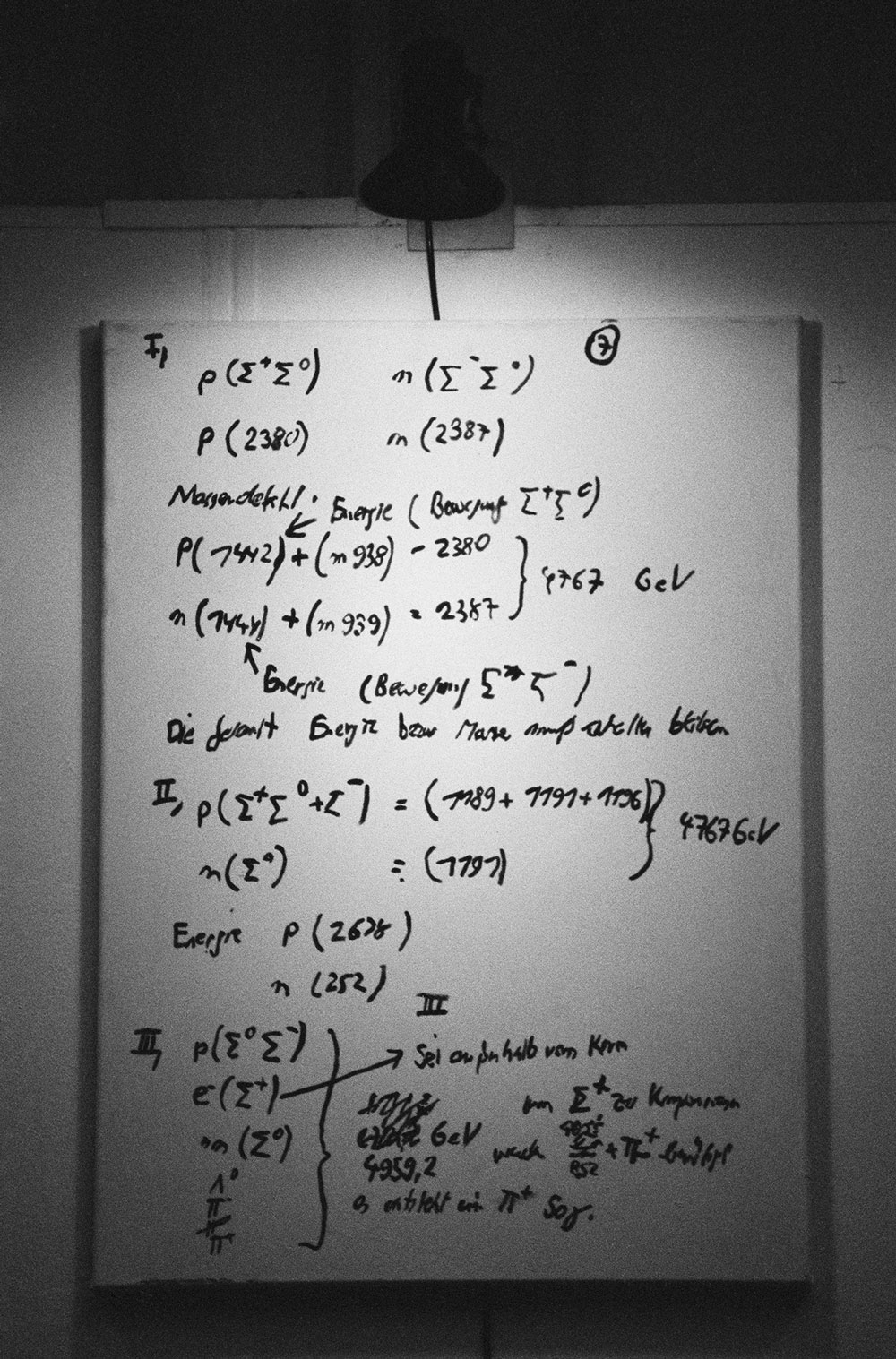 9
9
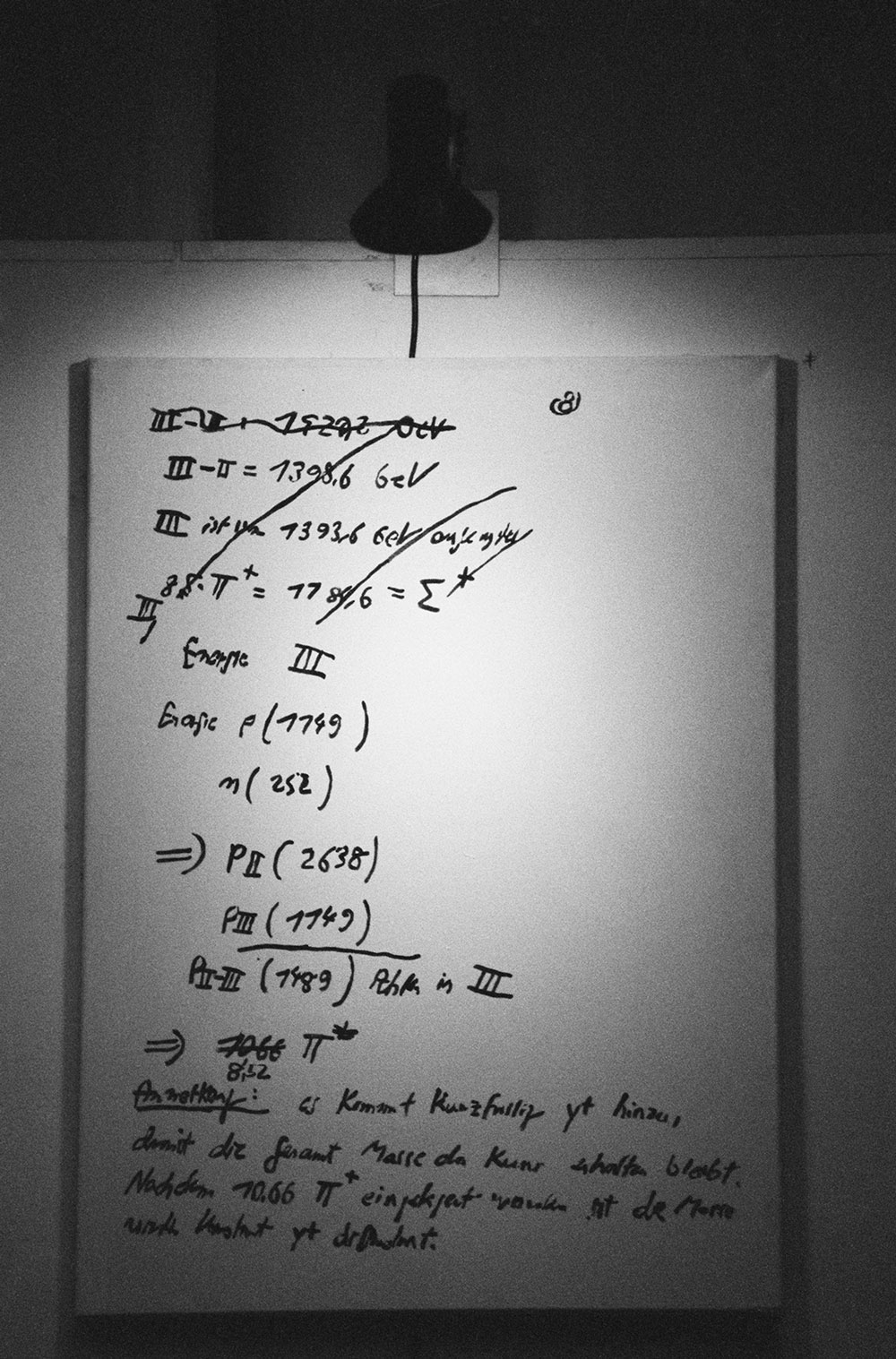 10
10
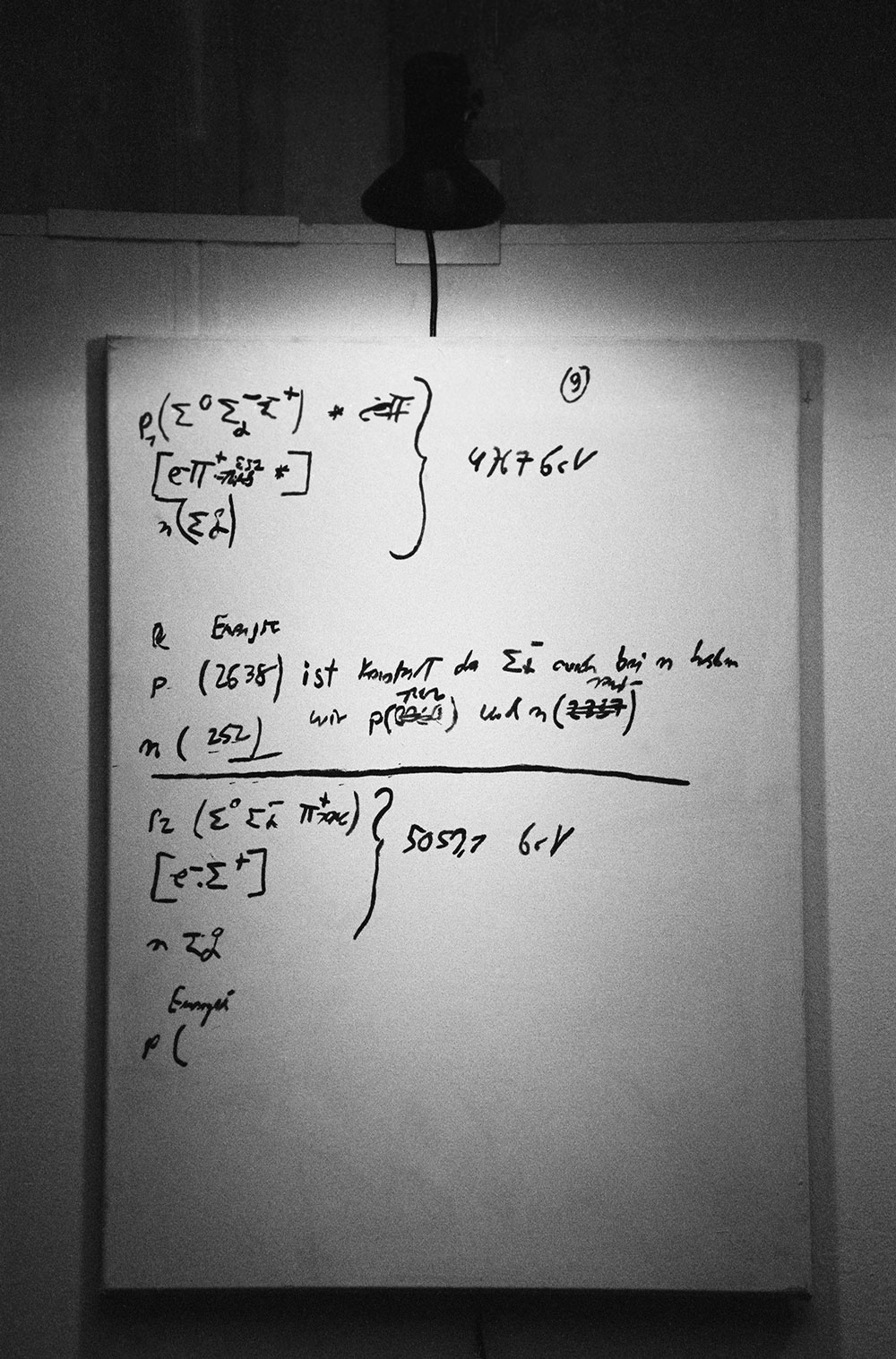 11
11
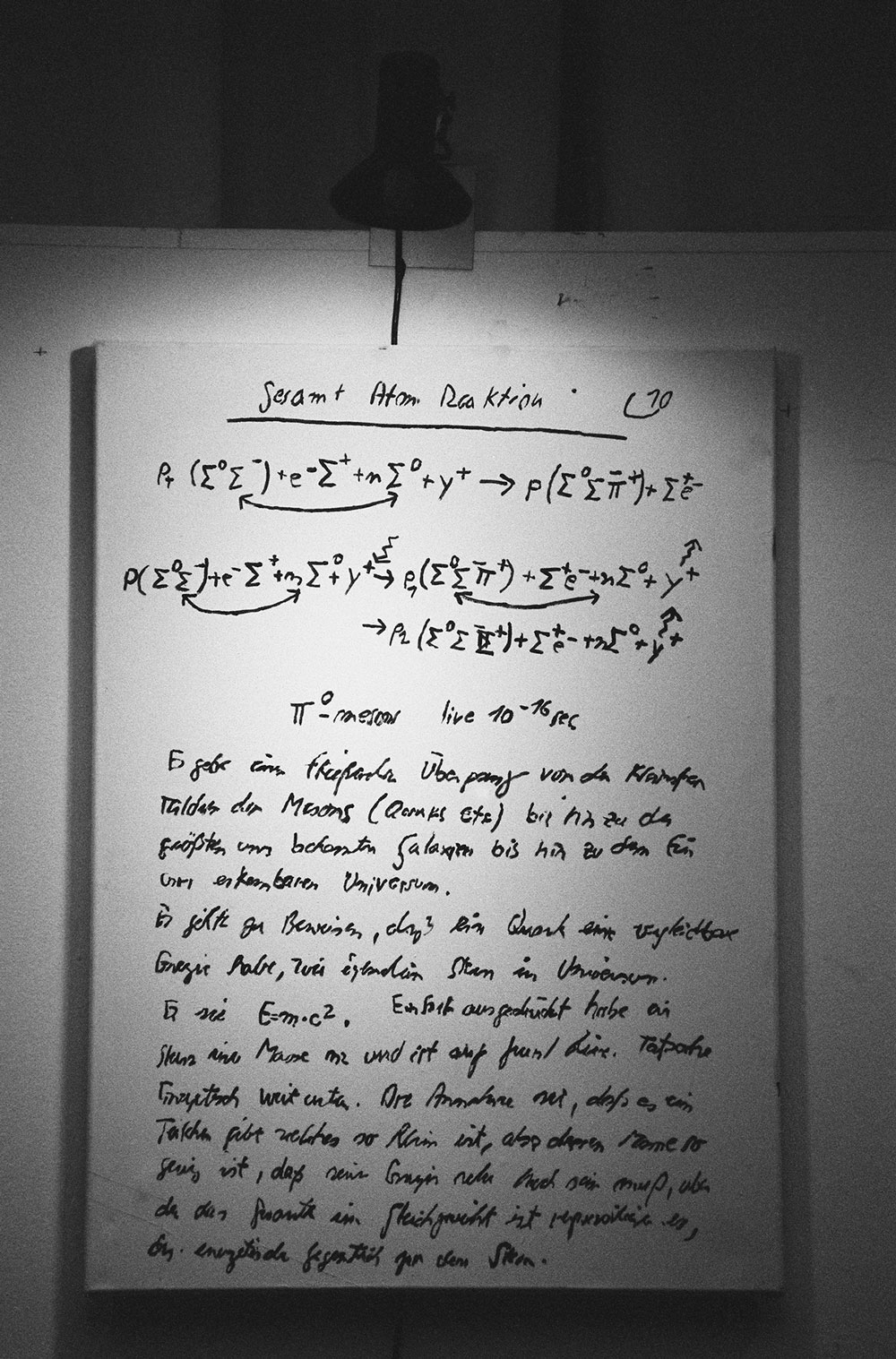 12
12
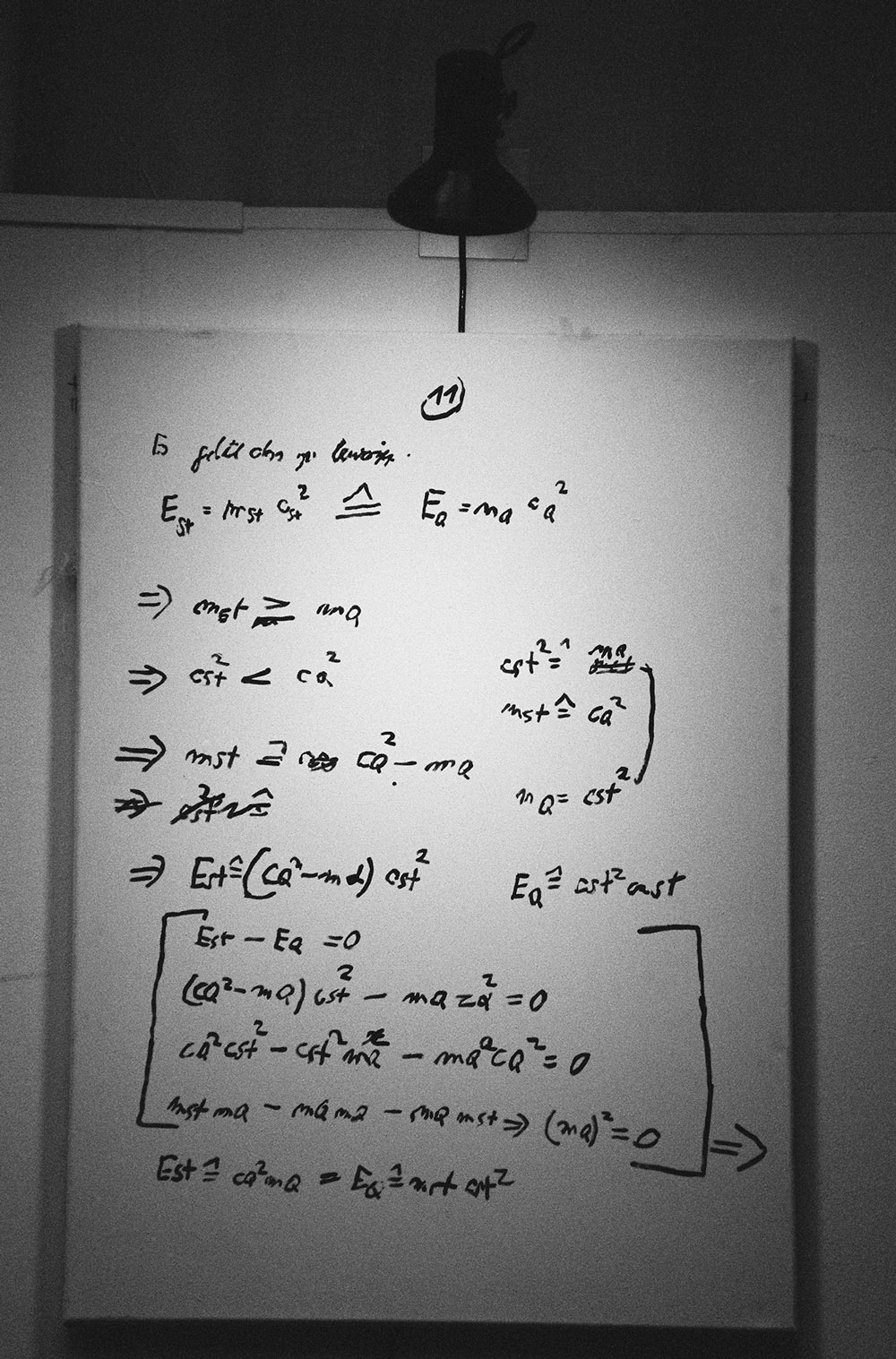 13
13
 14
14
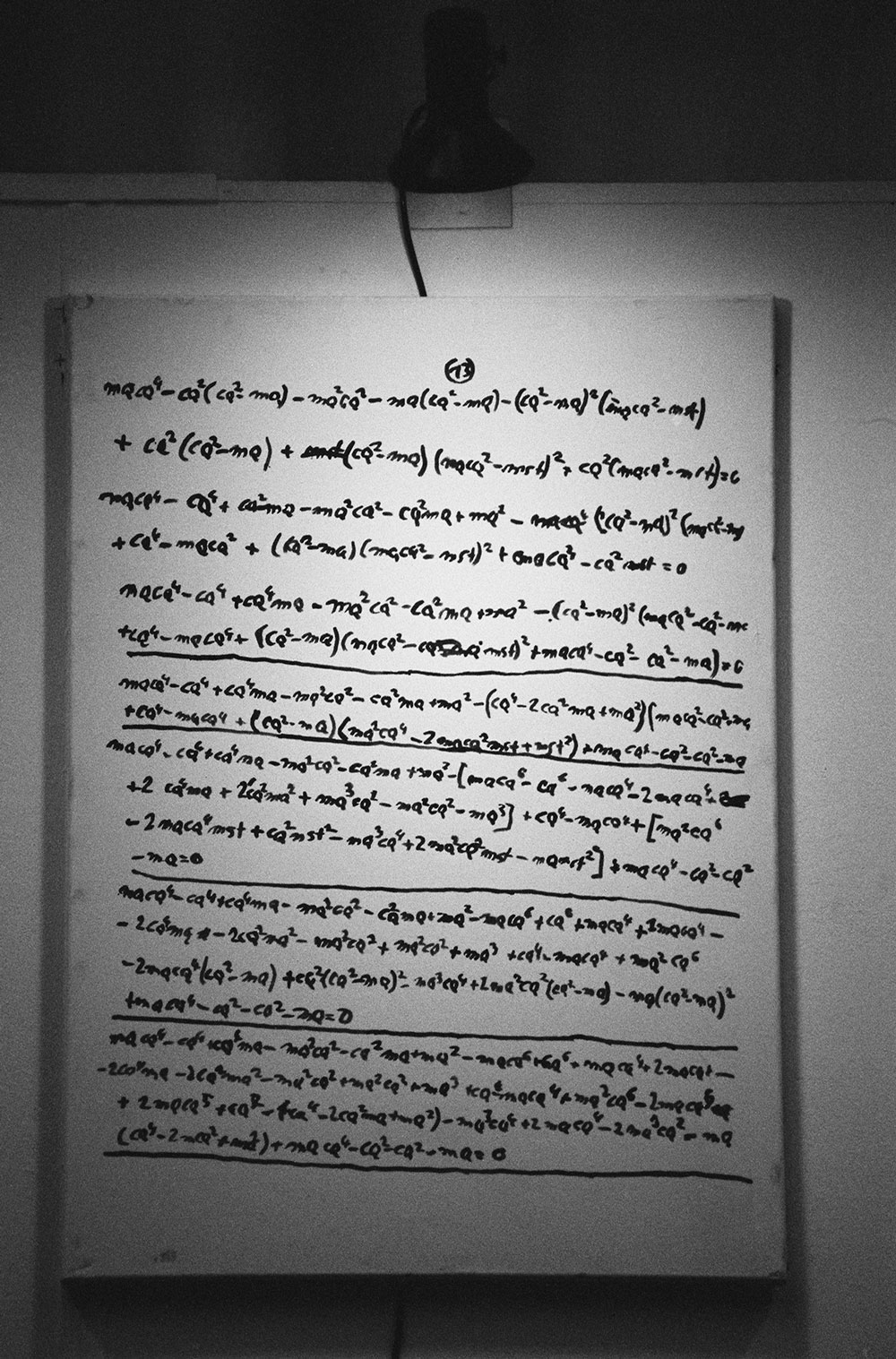 15
15
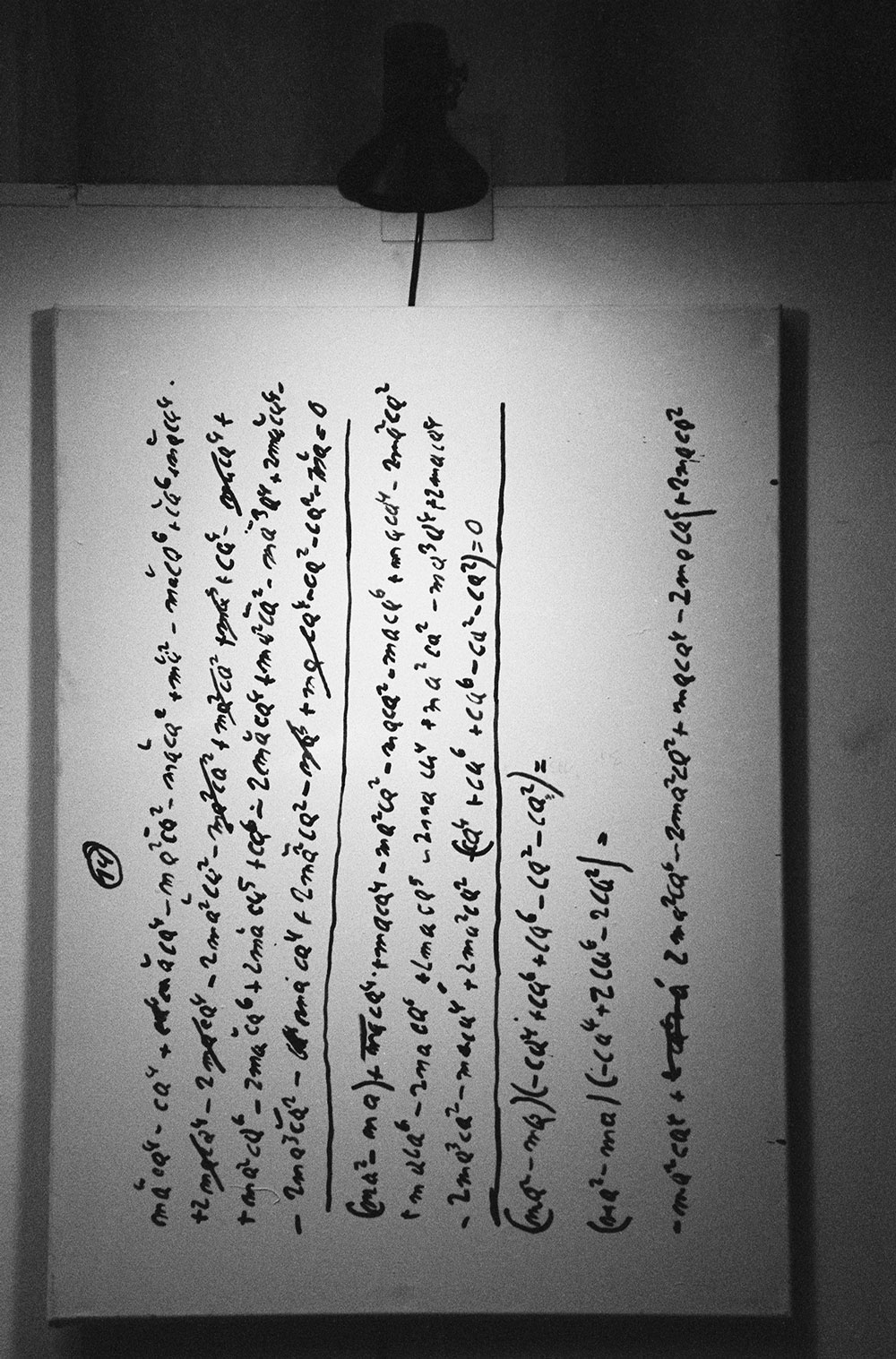 16
16
 17
17
And now a final comment, looking into the future:
If one thinks of space and time as abstractly as is done in science, one can construct models for any possible space and any possible time in the universe.
Just as Rational Scientific Art has created this room, it will one day recreate all spaces that have previously been defined scientifically.
Thank you.
Ill. 1, 3-17, photos: Reto Zimpel
Ill. 2, photo: Evi Panitz